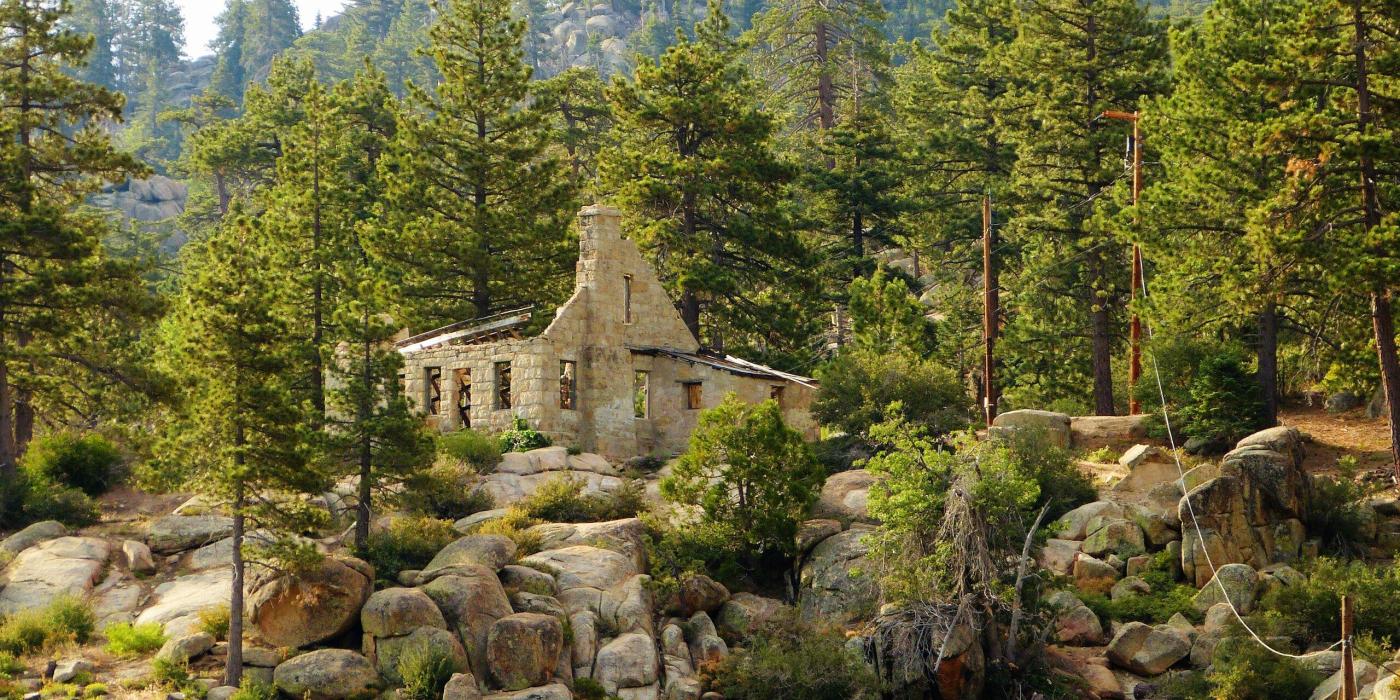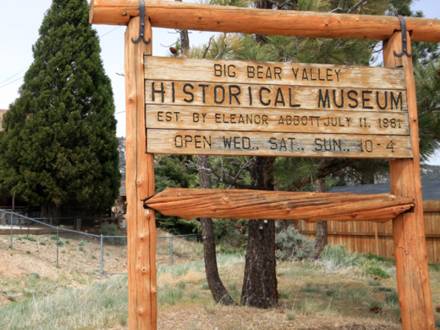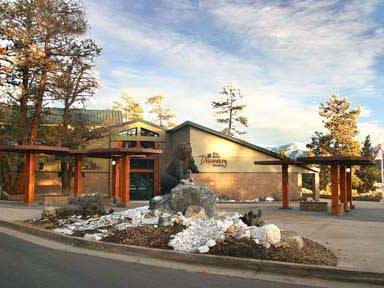Bear Valley Historical Museum
800 Greenway
BIg Bear City, California 92314
InfoOpen in Google Maps
800 Greenway
BIg Bear City,
California
92314


